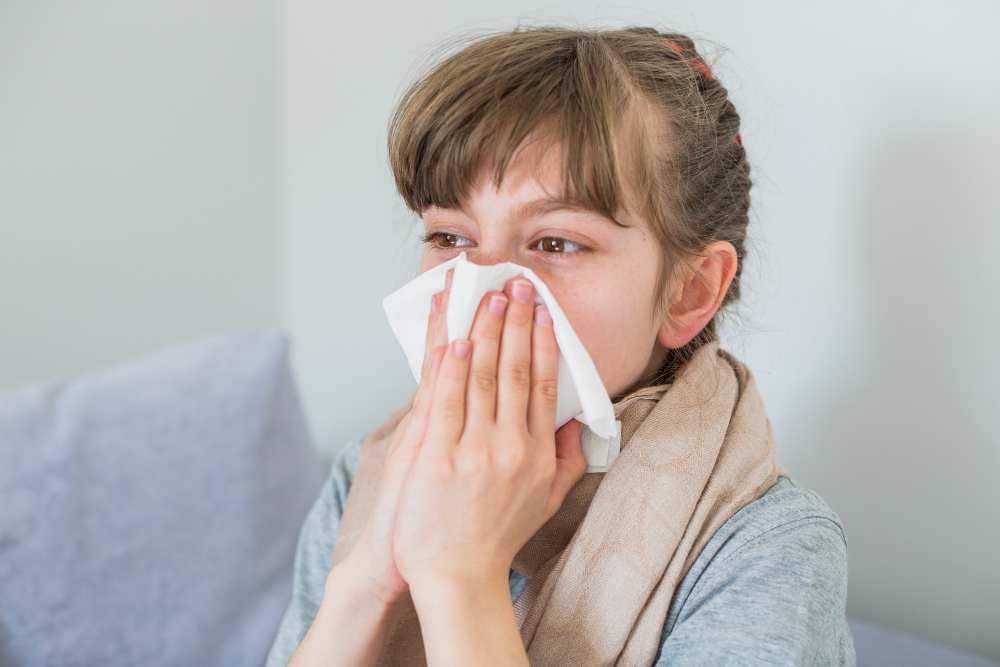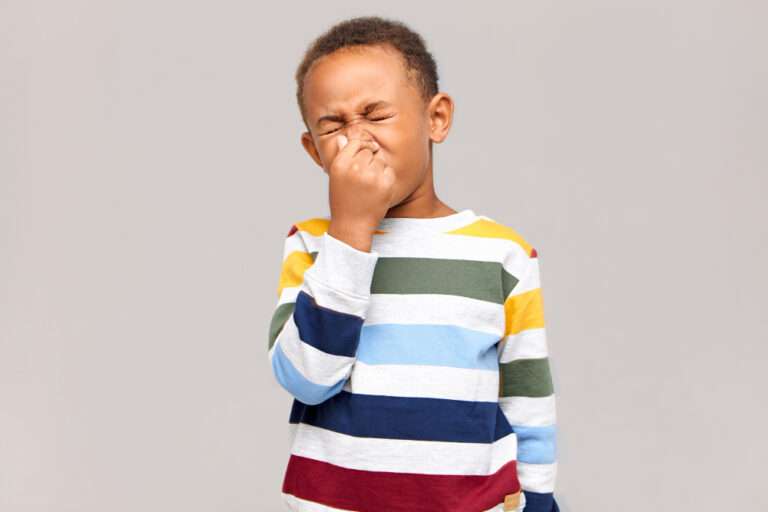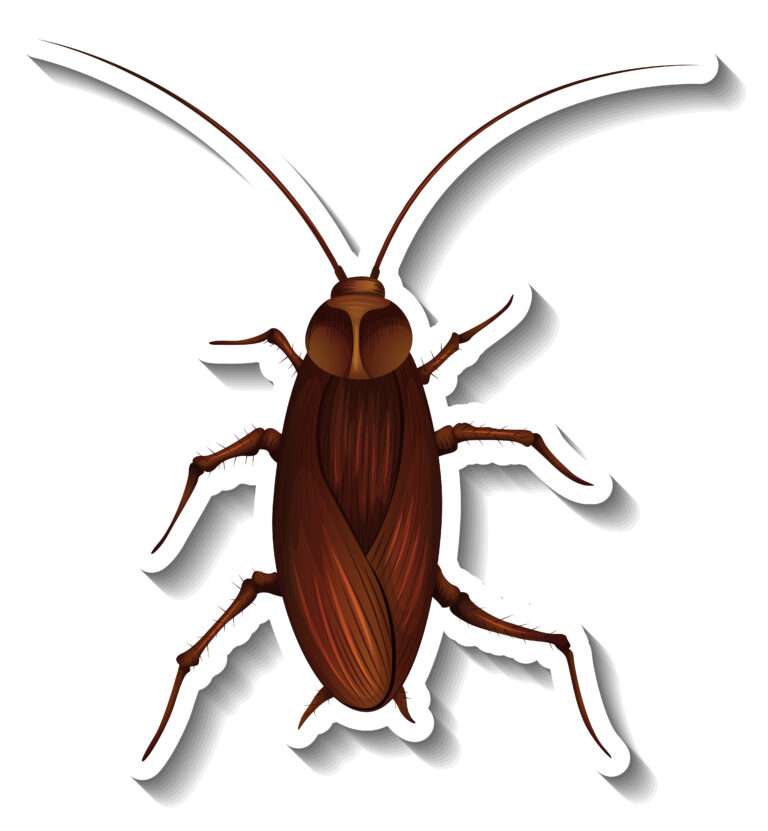What are the most common triggers for allergies in children?
The most common triggers for allergies in children requires an in-depth look at each allergen, its impact, how it interacts with the immune system, and strategies for management and prevention. Below, we’ll explore these triggers in detail, focusing on pollen, dust mites, mold, pet dander, foods, insect stings, medications, and latex. This guide aims to provide a thorough understanding of these common allergens and offer insights into how families can navigate the challenges they pose.
Pollen
Pollen is one of the most prevalent outdoor allergens affecting children. It comes from trees, grasses, and weeds, and its levels in the air can vary depending on the season and the weather. Pollen allergies often manifest as seasonal allergic rhinitis (hay fever), characterized by symptoms such as sneezing, runny or blocked nose, itchy eyes, and coughing. The immune system mistakenly identifies pollen as a harmful invader, triggering an allergic reaction.
Management and Prevention: To minimize exposure, monitor local pollen counts and limit outdoor activities when counts are high. Keeping windows closed and using air purifiers can help reduce indoor pollen levels. Bathing and changing clothes after being outdoors can also reduce exposure.
Dust Mites
Dust mites are microscopic creatures thriving in household dust. They feed on human skin flakes and thrive in warm, humid environments. The allergens from dust mites come from their body fragments and fecal pellets, leading to year-round allergy symptoms like sneezing, nasal congestion, cough, and itchy eyes.
Management and Prevention: Reducing humidity levels, using allergen-proof bed covers, washing bedding in hot water weekly, and frequent vacuuming with a HEPA filter-equipped vacuum cleaner can help control dust mite exposure.
Mold
Molds are fungi that can grow indoors and outdoors, especially in damp, poorly ventilated areas. Mold spores can be inhaled, triggering allergic reactions. Symptoms may include sneezing, nasal congestion, coughing, and itchy, watery eyes.
Management and Prevention: To prevent mold growth, control moisture levels by fixing leaks, using dehumidifiers, and ensuring adequate ventilation. Clean mold-prone areas regularly with mold-killing products.
Pet Dander
Pet dander consists of tiny, sometimes microscopic, flakes of skin shed by cats, dogs, and other furry or feathered pets. It’s not the fur or feathers that cause the allergy but the proteins in the pet’s dander, saliva, and urine. Exposure can lead to symptoms like sneezing, runny nose, and itchy eyes.
Management and Prevention: Keeping pets out of bedrooms, using air purifiers, and cleaning the home regularly can reduce exposure. Bathing pets weekly can also lessen the amount of dander they shed.
Foods
Food allergies are common in children, with milk, eggs, peanuts, tree nuts, soy, wheat, fish, and shellfish being the top culprits. Reactions can range from mild symptoms, such as hives or stomach discomfort, to severe, life-threatening conditions like anaphylaxis.
Management and Prevention: Avoidance of the offending food is the primary strategy. Reading food labels carefully and educating caregivers, teachers, and the child about the allergy are crucial steps. In some cases, an allergist may recommend oral food challenges or oral immunotherapy (OIT).
Insect Stings
Stings from bees, wasps, hornets, yellow jackets, and fire ants can trigger allergic reactions in some children. These reactions can vary from mild, localized swelling and redness to severe anaphylaxis.
Management and Prevention: Avoiding known nesting sites, not walking barefoot in grass, and wearing protective clothing can help prevent stings. For those with severe allergies, carrying an epinephrine auto-injector and wearing a medical alert bracelet is advised.
Medications
Some children may react to certain medications, including antibiotics like penicillin and over-the-counter pain relievers. Symptoms can range from mild rashes to severe, life-threatening reactions.
Management and Prevention: Informing healthcare providers of any known drug allergies is crucial. In some cases, alternative medications can be used. For severe allergies, wearing a medical alert bracelet is advisable.
Latex
Latex, a natural rubber found in many medical and household products, can cause allergic reactions in some children. Symptoms can include skin irritation, hives, and in severe cases, anaphylaxis.
Management and Prevention: Avoiding products containing latex and informing healthcare providers of the allergy are essential steps. Non-latex alternatives are available for most products.
Conclusion
Understanding and managing common allergy triggers in children is a multifaceted process involving identification, avoidance, and, when necessary, medical intervention. By creating a safe and informed environment, parents and caregivers can significantly reduce the impact of these allergens on children’s lives. Awareness, education, and collaboration with healthcare professionals are key to
.
------------From our Sponsors------------









